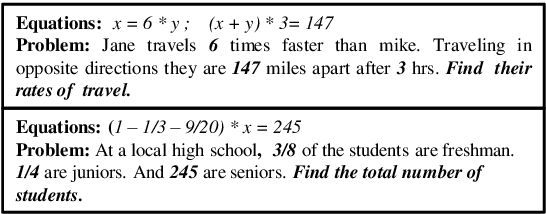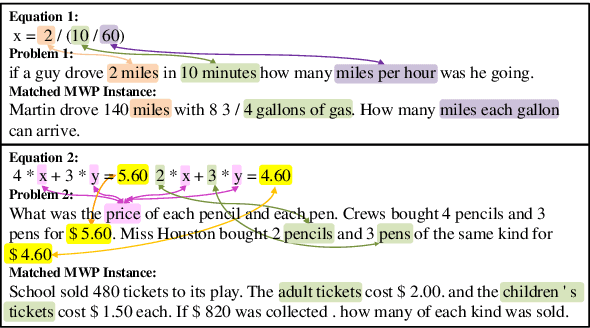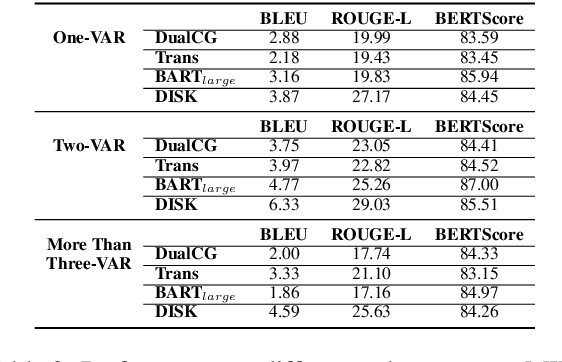Xiaodan Xu
Learning-based Models for Vulnerability Detection: An Extensive Study
Aug 14, 2024Abstract:Though many deep learning-based models have made great progress in vulnerability detection, we have no good understanding of these models, which limits the further advancement of model capability, understanding of the mechanism of model detection, and efficiency and safety of practical application of models. In this paper, we extensively and comprehensively investigate two types of state-of-the-art learning-based approaches (sequence-based and graph-based) by conducting experiments on a recently built large-scale dataset. We investigate seven research questions from five dimensions, namely model capabilities, model interpretation, model stability, ease of use of model, and model economy. We experimentally demonstrate the priority of sequence-based models and the limited abilities of both LLM (ChatGPT) and graph-based models. We explore the types of vulnerability that learning-based models skilled in and reveal the instability of the models though the input is subtlely semantical-equivalently changed. We empirically explain what the models have learned. We summarize the pre-processing as well as requirements for easily using the models. Finally, we initially induce the vital information for economically and safely practical usage of these models.
DISK: Domain-constrained Instance Sketch for Math Word Problem Generation
Apr 10, 2022



Abstract:A math word problem (MWP) is a coherent narrative which reflects the underlying logic of math equations. Successful MWP generation can automate the writing of mathematics questions. Previous methods mainly generate MWP text based on inflexible pre-defined templates. In this paper, we propose a neural model for generating MWP text from math equations. Firstly, we incorporate a matching model conditioned on the domain knowledge to retrieve a MWP instance which is most consistent with the ground-truth, where the domain is a latent variable extracted with a domain summarizer. Secondly, by constructing a Quantity Cell Graph (QCG) from the retrieved MWP instance and reasoning over it, we improve the model's comprehension of real-world scenarios and derive a domain-constrained instance sketch to guide the generation. Besides, the QCG also interacts with the equation encoder to enhance the alignment between math tokens (e.g., quantities and variables) and MWP text. Experiments and empirical analysis on educational MWP set show that our model achieves impressive performance in both automatic evaluation metrics and human evaluation metrics.
 Add to Chrome
Add to Chrome Add to Firefox
Add to Firefox Add to Edge
Add to Edge